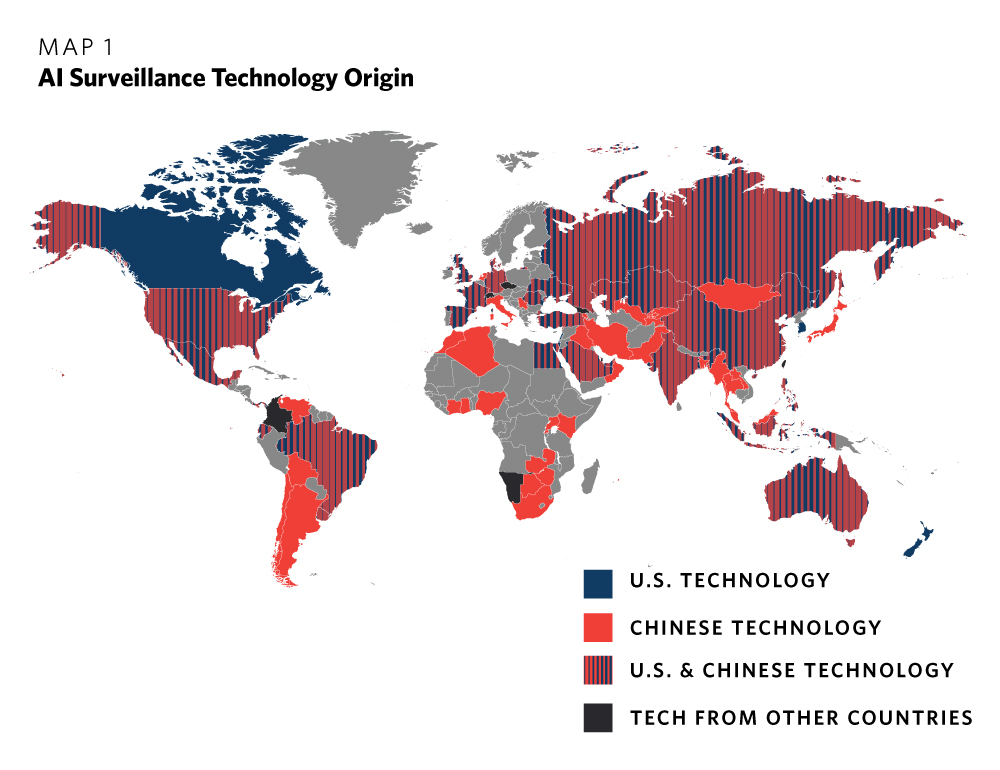
A true tech enthusiast, Alex Cooper is always up-to-date with the latest gadgets and gizmos. When not glued to a computer screen, you can find Alex exploring the great outdoors with a trusty camera in hand.
The Technology Hiring Crisis Deepens
The technology industry is facing a significant challenge as the demand for skilled professionals continues to outpace the available talent pool. According to the latest KPMG and REC Report on Jobs, the IT and computing sectors have experienced the fastest declines in permanent vacancies, with over a quarter of a million tech jobs being cut last year alone.
An alarming 30 to 70 percent of job postings in data, security, and development are left unfilled, highlighting a critical shortage of qualified individuals to meet the industry’s needs. By 2025, the global deficit of full-time software developers and cybersecurity experts is projected to reach a staggering eight million, underscoring the severity of the digital skills gap.
Understanding the Digital Skills Mismatch
The shortage of skilled tech professionals poses a significant threat to productivity, innovation, and competitiveness for organizations worldwide. The root of this issue can be traced back to the failure of traditional educational systems to keep pace with the rapidly evolving technology landscape.
Ian West, Head of Technology at KPMG UK, emphasizes the importance of investing in STEM education and fostering collaboration between educational institutions and employers to ensure that students are equipped with the skills demanded by the industry. With technology advancing at an unprecedented rate, predicting future skill requirements has become increasingly challenging, necessitating a shift towards increased internal training expenditure.
Addressing the Talent Shortage
To bridge the widening skills gap, organizations must proactively seek solutions to cultivate and retain technology talent. One approach is to engage with schools and colleges early on, establishing pipelines for future employees through internships and apprenticeships in high-demand roles like data engineers and programmers.
Rather than solely focusing on traditional IT training, companies should adopt a comprehensive talent strategy that emphasizes diverse skill development and career progression. By prioritizing soft skills such as communication and collaboration, employees can enhance their problem-solving abilities and leverage cross-functional expertise to drive innovation across the organization.
Cultivating a Culture of Innovation
In the quest to attract and retain top tech talent, organizations must align their technological advancements with a compelling purpose and values that resonate with employees. By showcasing a commitment to cutting-edge technology and providing opportunities for professional growth, companies can differentiate themselves in a competitive talent market.
Moreover, collaboration between IT and human resources departments is crucial to driving the talent agenda forward. By reimagining hiring practices and investing in internal training initiatives, organizations can position themselves as incubators of tech talent, ensuring a sustainable pipeline of skilled professionals for the future.
Conclusion
The technology skills mismatch crisis presents a formidable challenge for the industry, requiring a concerted effort from both organizations and educational institutions to address. By prioritizing investment in STEM education, early talent acquisition, and holistic skill development, businesses can navigate the evolving tech landscape and secure a competitive edge in the digital era.















